Therapeutic Yoga
Yoga is a sister science of Ayurveda, and together they offer a complete approach to obtaining and maintaining health and balance in body, mind, and spirit. A personalized approach to yoga practice always takes your Dosha (body type) into consideration.
Therapeutic yoga can improve and heal many chronic conditions such as repetitive stress injuries, sciatica, back pain, joint problems, and speed up recovery after surgery.
Various health conditions, such as cardiovascular, immune, and nervous system imbalances, can all benefit from a regular practice. If you are injured, have had surgery, or suffer from chronic back or joint pain, a general yoga class can do more harm than good. It is essential to adapt your Asana practice to your body’s condition so that you can repair and heal optimally.
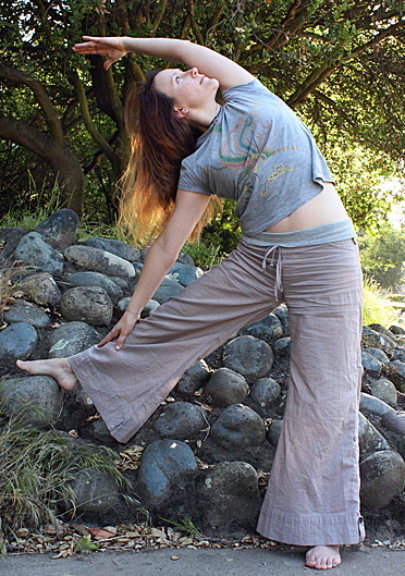
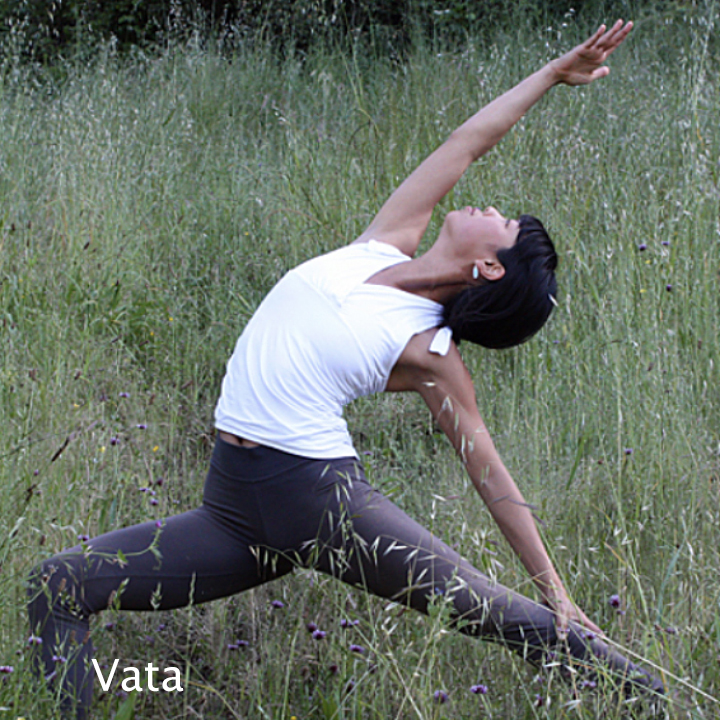
Element Air + Space
To balance Vata qualities, a slow, gentle, regular, warming, nourishing Yoga practice and Lifestyle is needed.
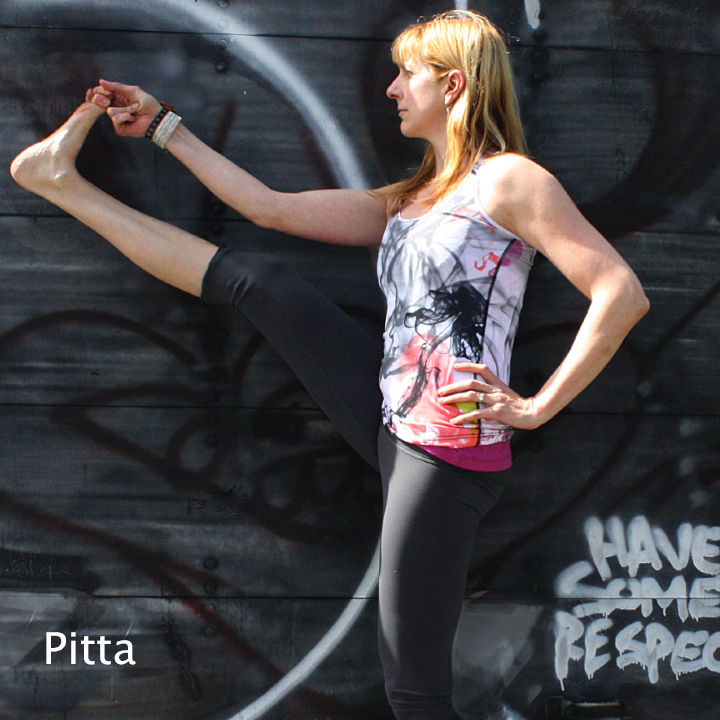
Element Fire + Water
To balance Pitta qualities, a moderate, cooling, calming, restorative Yoga practice and Lifestyle is needed.
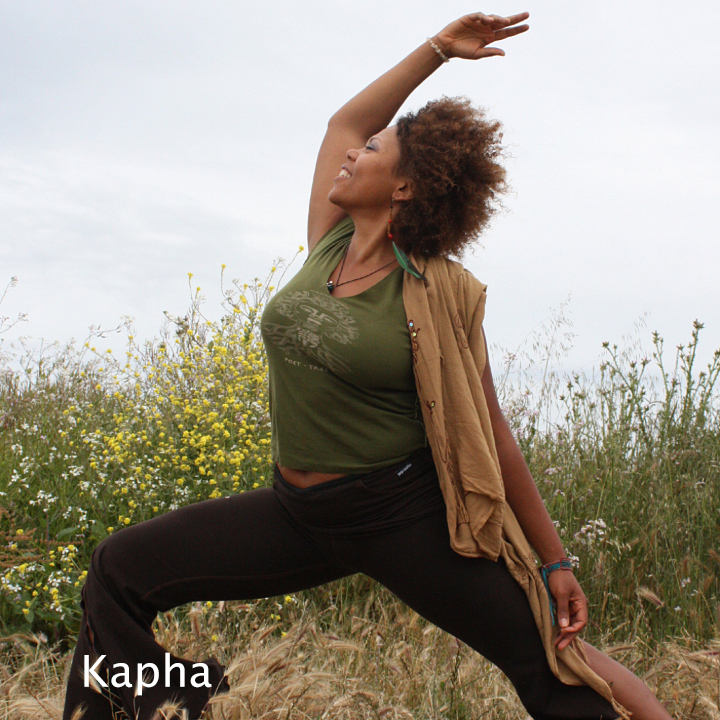
Element Earth + Water
To balance Kapha a vigorous, warming motivating, faster paced Yoga practice and Lifestyle is needed.
Yoga for your Dosha
Vata Dosha Yoga Practice
Slow, grounding, calming asanas will stabilize and nurture the Vata Dosha. Practice yoga in a warm, quiet environment. Gentle, slow-paced movements and poses that help to cultivate strength and stability, like mountain pose, warrior pose, and tree pose, are beneficial. Hip-opening poses, like the Wide-Angle Seated Forward Bend, release tension and promote a sense of grounding.
Incorporate restorative and Yin yoga poses that provide deep relaxation and nourishment. Reclining Bound Angle Pose and Child’s Pose with extended holds, using props, can be deeply calming. Child’s Pose and Savasana have a positive effect on the nervous system, which can help reduce Vata imbalances such as nervousness and anxiety.
Vata dosha benefits from grounding and centering breathing practices. Practice gentle pranayama techniques like alternate nostril breathing and deep diaphragmatic breathing. Make time for a regular meditation practice to cultivate mental calmness and stability. Chanting mantras can help clear a busy mind. Recite a mantra such as Om-Ah-Hung (ancient Tibetan mantra) for 10 minutes to help to balance your mind.
Pitta Dosha Yoga Practice
Practices at a moderate pace and effort in a cool, well-ventilated space to promote relaxation and restore equilibrium.
Avoid intense practices and opt for a balanced approach that includes active and calming postures. Incorporate moon salutations to balance the fiery nature of the Pitta dosha. Focus on slow, relaxed movements, emphasizing lunar qualities.
Twisting poses help to release excess heat and tension. Include poses like Half Lord, Bharadvaja’s Twist, Seated Side Bend, and Revolved Side Angle in your practice to promote detoxification and balance. Include gentle back bends like Locust, Cobra, and Bridge Pose.
Practice cooling Pranayama like Sheetali and Sheetkari pranayama, to help cool the body and calm the mind. Engage in meditation practices that promote relaxation and inner peace. Visualize cool, serene landscapes, like a calming ocean or a cool forest, to pacify the heat of Pitta dosha. So Hum (Silent Breath Meditation) has a calming and soothing effect on heated emotions. As you breathe in, mentally chant “So”. As you breathe out, mentally chant “Hum.”
Kapha Dosha Yoga Practice
Focuses on energizing, invigorating practices to stimulate the body. Choose dynamic yoga styles that involve flowing sequences, such as Vinyasa to counteract stagnation. Incorporate sun salutations to generate heat and build energy. Focus on fluid movements, synchronized with breath, to increase circulation.
Practice active standing poses, including Warrior II, Triangle Pose, and Extended Side Angle Pose, to build endurance and create a sense of lightness. Back-bending poses open the chest, expand the lungs, and uplift the energy. Camel Pose, Upward-Facing Dog Pose, and Bridge Pose are particularly beneficial. Incorporate core-strengthening poses like boat pose, plank, and twists to build internal heat and stimulate the digestive fire.
Utilize energizing and heating Pranayama techniques to awaken the senses and increase the digestive fire. Kapalabhati and Ujjayi pranayama generate warmth and stimulate the metabolism.
Walking meditation helps Kapha to stay in the flow. Visualizations such as being bathed in golden light are energizing.
Lifestyle Choices for the Dosha’s
Vata
Follow a regular daily and seasonal routine, prioritize sleep, nourish with warm and grounding foods, and maintain a warm and calm living environment.
Pitta
Avoid overworking or exercising, excessive heat or sun exposure, consuming cooling and hydrating foods, and prioritizing relaxation and leisure activities.
Kapha
Incorporate regular exercise/physical activity into your routine, maintain a dynamic and active lifestyle, avoid excessive sleep or sedentary habits, and eat light food.
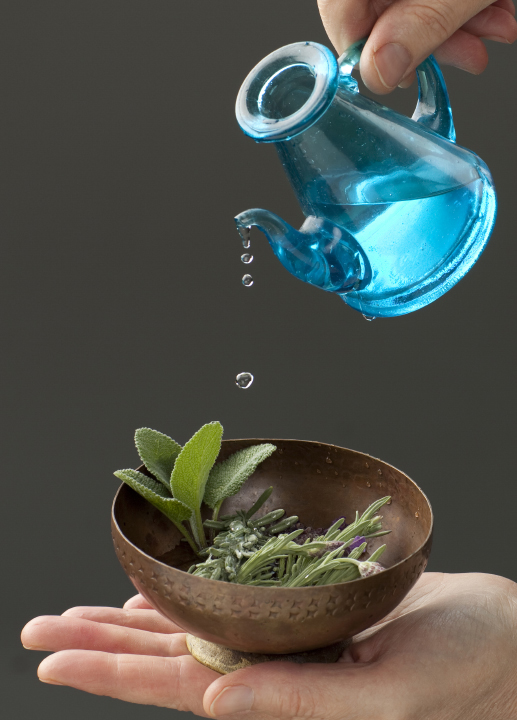

Yoga Home Program
A restorative yoga home program can increase strength, flexibility, and balance and improve your overall well-being. In addition to therapeutic yoga Asana, a personalized home practice can include Pranayama, Meditation, Visualization, Yoga Nidra, Mudra and Mantra practice. Self-massage and stimulating Marma points (similar to acupressure points) offer additional benefits.
Elke Savala is an Certified Ayurvedic Practitioner, Therapeutic Yoga Teacher and Holistic Health Coach. Contact: elke@